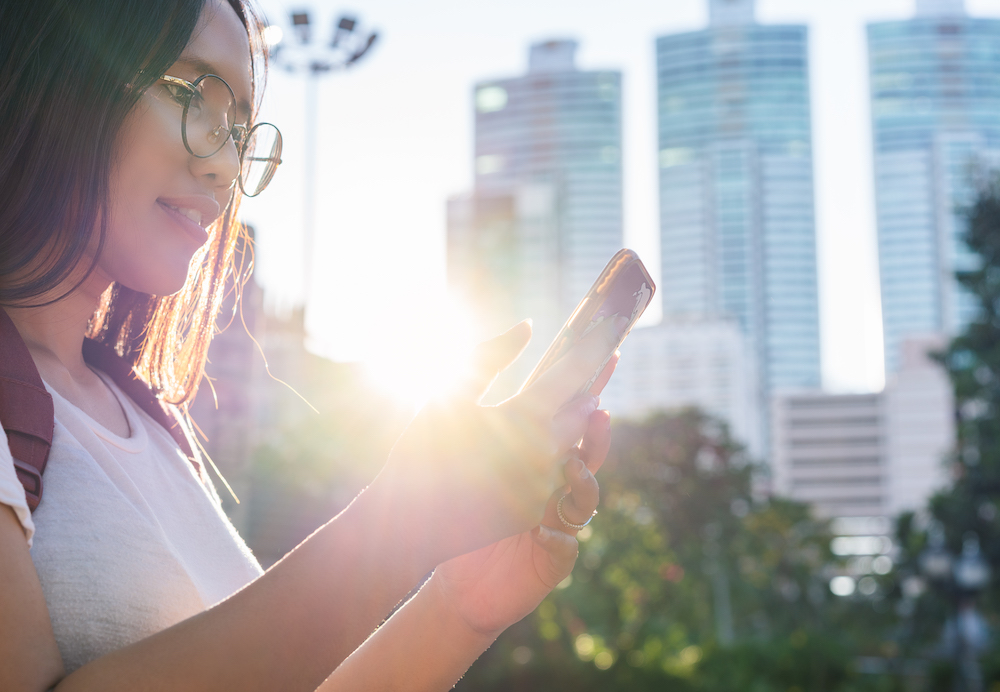Lesson 3: What is Verification?
Before you start the lesson, make sure to read through the lesson overview and the lesson preparation. The Facilitator Guide can also help you prepare.
Lesson Overview
Students will learn what information verification is and why it is important for news consumers to verify the stories they read or view. They will consider the responsibilities news organizations, audience members, and social media companies have in promoting a media landscape of truthful news information.
Lesson Preparation
ESTIMATED TIME
ESSENTIAL QUESTIONS
- Do you feel that, overall, your news ecosystem online is factual?
- Why or why not?
LESSON RESOURCE
- Pigfish Image (projected or printout)
MATERIALS
- Laptops
- Additional Teacher Resources Listed
PREPARATION
- Students will need internet access for this lesson.
- INFORMED: I evaluate the accuracy, perspective, and validity of digital media and social posts.
What is Verification?
TELL YOUR STUDENTS
Let’s look at traditional news channels such as, newspapers, TV, and radio. Increasingly these channels have established websites, so people can access their news at any time. But there are also other ways people consume information that they consider news including social media News Feeds such as, Facebook, Instagram, Twitter, and many others. There is an array of other ways people gather news information whether it’s a podcast and something they are told by a person like a family member or friend. What we need to be mindful of is that news isn’t people’s opinion, social media News Feeds, or private messages you receive. We need to consider the potential motivation of a news source and we need to verify information.
In 2016, the World News Daily Report website published an article about a National Geographic photographer who was eaten alive by a giant ocean sunfish in Peru. According to the article, 29-year-old Joaquín Álvarez Santos was on an underwater shoot with four other divers when he was swallowed whole by the fish, which weighed more than 2,000 kg (4,400 lbs.). One of the divers on the shoot, James C. Wyatt was said to have taken this photograph before the incident took place. Prior to our next class, spend two minutes doing a Google search of this news event to see what you can find.
Teacher's Note
If students do not have access to the internet, share the example with them and walk through the exercise.
ASK YOUR STUDENTS
TELL YOUR STUDENTS
You may have discovered in your search that this article is fictional. Every piece of news content has a source, which can be defined as the person, publication, or agency that captured an image or has information about the original news event.
The source of this story is the World News Daily Report website, which has a disclaimer stating that it “assumes all responsibility for the satirical nature of its articles” and that “all characters appearing in the articles in this website — even those based on real people — are entirely fictional.” However, you may have also discovered that the photograph is real. It was captured by photographer Miguel Pereira, who encountered a massive sunfish off the coast of Portugal (and lived to tell the tale) in 2013.
ASK YOUR STUDENTS
- Why do you think the website published this article?
- Do you think there should be a website that only publishes fictional content?
- Do you think all readers will realize that World News Daily Report stories are fictional? Why/why not?
TELL YOUR STUDENTS
How many of you have shared news on social media before? People around the world today are reporting events on Facebook, Twitter, YouTube, and messaging apps like Snapchat and WhatsApp. Millions of people have used social media as an important tool to organize protests and engage with the news (by posting photos/videos/status updates, sharing, and commenting). Knowing how to filter and make sense of all this information is an important skill for anyone who wants to consume the news today. This skill becomes especially important because people can create, read, or even unwittingly share misinformation and fake news.
ASK YOUR STUDENTS
- Can you think of (any) news events where you were fooled by a rumor or a false image or video? (First Draft)
- What was the event?
- How did you figure out that the news was fake?
TELL YOUR STUDENTS
While some people intentionally try to fool news media by, for example, reposting a “no classes” or #WalangPasok announcement without looking at the date it was originally posted, other people may share the same information on social media out of a genuine interest to help or update others. “There are often so many false rumors during breaking news events that newsrooms have actually started collecting lists of them” (First Draft). Journalists are trained to remain skeptical of everything they hear and see — whether it is breaking news or viral content — until they can verify or debunk the source.
In this collection of learning experiences, you will learn how to verify information such as videos, images, and other news stories so that you can distinguish fact from fiction in the current media landscape. Verification is a process by which a news organization or a person gathers and assesses evidence to investigate if information is accurate or not. Although the process of verification used to be performed mainly by journalists and news organizations, it has become essential for anyone who wants to stay well-informed about current events. In an environment where anybody can create and share information online, especially on social media, being able to verify the content we consume and share is important for building healthy online communities and building a reputation of trust on social media.
ASK YOUR STUDENTS
- Has anyone heard of fact-checking or fact-checkers before?
- What do you think fact-checkers do?
TELL YOUR STUDENTS
Fact-checkers are people who identify and then verify or refute every single fact in a piece of writing. Fact-checkers have traditionally worked for newspapers, magazines, authors, or book publishers, but in recent decades, they are increasingly verifying political content. As you can see in the First Draft article, professionals believe that the number of fact-checkers worldwide will increase in the future due to the rise of social media and user-generated news content.
Verification is examining unofficial sources on the web, sometimes known as “user-generated content,” such as when someone is at an event and then uploads video footage. Fact-checkers look at official sources: policies, government documents, speeches made by politicians, etc. All fact-checkers use some variant of the verification process. However, as previously mentioned, anyone can use the verification process when consuming the news. You can use popular websites such as Snopes and IFCN to help you verify the accuracy of news content you come across online. Leaning on all three sources to verify the story will help further confirm its accuracy.
Assignment
IMAGE CLASS INTERACTION
Project the image below on a projection screen at the front of the room. While asking questions, ask students how identifying this image as a hoax is beneficial for publications and news consumers.
TELL YOUR STUDENTS
This image has been shared on social media sites like Facebook and YouTube with text identifying the creature as a “pigfish” or a “wild hogfish.” Visit the Snopes fact-checking website and review how fact-checkers have refuted this image as a hoax.
Write a short paragraph explaining how identifying this image as a hoax is beneficial for publications and news consumers. What might some of the consequences be for publishing unverified information? Do you think there are situations where it is appropriate for people to publish unverified information?
Resources
Fact-Checking Websites
Congrats!
You've finished the lesson.
Source:
This content is hosted by Facebook and currently includes learning resources drawn from Youth and Media at the Berkman Klein Center for Internet & Society at Harvard University under a Creative Commons Attribution-ShareAlike 4.0 International license. You can make use of them, including copying and preparing derivative works, whether commercial or non-commercial, so long as you attribute Youth and Media as the original source and follow the other terms of the license, sharing any further works under the same terms.




 Previous Lesson
Previous Lesson  Next Lesson
Next Lesson 










